The partnership will enable the creation of next-generation applications that combine Web2 speed and scalability with Web3’s decentralization and composability.
Dojima Foundation, a team building the Omnichain Web to unify web3 ecosystems, announced a strategic partnership with Linera, a Layer 1 blockchain optimized for hyper-connected, real-time applications. The collaboration will see Linera build on Dojima’s Builder Marketplace, a seamless and fully composable application layer, to enable developers to scale and interconnect Web3 applications across multiple blockchain networks.
Starting today, developers on Dojima will be able to build and scale high-speed decentralized applications across major Layer 1 and Layer 2 blockchains using the service. The innovative service will be available on Dojima’s Builder Marketplace, enabling developers to build more interconnected decentralized applications (DApps).
Additionally, the service simplifies the deployment of modular applications that require high-speed execution and trustless composability across blockchains. DApps spanning gaming, NFTs, enterprises, payments, and ZK verifiable networks will benefit the most from the partnership.
For its part, Linera will introduce microchains to the Dojima ecosystem. These microchains allow users to interact directly with small chains of blocks, allowing applications to read and write on-chain data with the lowest latency and highest security possible. Moreover, microchains allow composable and modular execution without compromising decentralization. Unlike traditional L1 or L2 solutions that struggle with scalability and interoperability, Linera ensures seamless cross-chain interactions without relying on inefficient bridges.
Akhil Reddy, CEO at Dojima, believes the partnership will enhance collaborative applications, “eliminating fragmentation” across the blockchain ecosystem.
“The Omnichain Web has always been about eliminating fragmentation and enabling a unified blockchain experience,” Reddy said. “By integrating Linera’s microchain architecture into our ecosystem, we’re unlocking the ability to build truly composable, omni-chain applications with Web2-like responsiveness.”
Bridging The Gap: Enhancing The Omninchain Web
Crucially, the partnership will enhance Dojima’s Omnichain Web infrastructure by providing a scalable communication layer. The communication layer enhances the transactions and communication across omni applications, omni solvers, and omni rollups, reducing friction between Web2 and Web3 applications.
Notwithstanding, Linera’s microchains will allow real-time interactions and efficient state management, both of which are critical for Dojima’s vision of an interconnected blockchain future. This will further bridge the gap between Web 2 and Web 3 applications, allowing the development of next-generation modular applications.
The Omni Rollups is an innovation, launched following the partnership with Linera. The Omni Rollups will combine the speed and performance of Web 2.0 applications with Web3’s decentralization and security while enabling multichain settlements and state management. This results in a universal execution environment that eliminates blockchain fragmentation.
According to Mathieu Baudet, CEO at Linera, the partnership will be key in building “the future of Web3”. The innovation will enable real-time, user-centric application to scale (similar to Web 2 applications) while retaining the decentralization properties of Web3 DApps.
“At Linera, we believe the future of Web3 lies in real-time, user-centric applications that can scale effortlessly without compromising on decentralization,” Baudet said in his remarks on the partnership with Dojima. “Our collaboration with Dojima brings together the best of both worlds: high-speed execution and seamless cross-chain interoperability.”
Lastly, the partnership will also introduce a modular composability framework to empower developers and enterprises to create applications that aren’t constrained by blockchain limitations, such as speed or throughput. This allows the creation of futuristic omnichain applications, omni solvers, and omni rollups that are fast, flexible, and fully interoperable, bridging the widening gap between Web2 and Web3.
Disclaimer: This article is provided for informational purposes only. It is not offered or intended to be used as legal, tax, investment, financial, or other advice.

 22 hours ago
25
22 hours ago
25
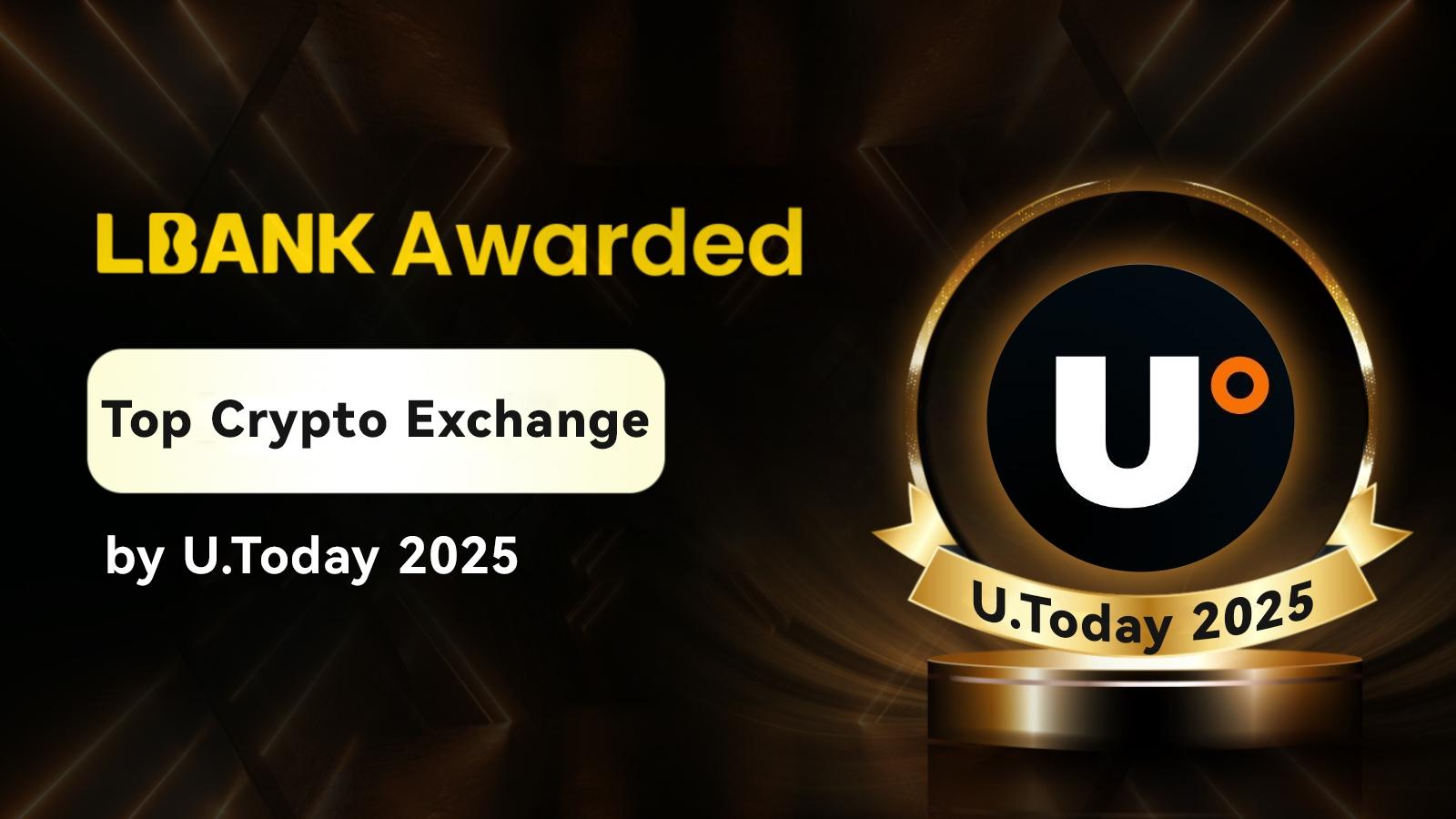


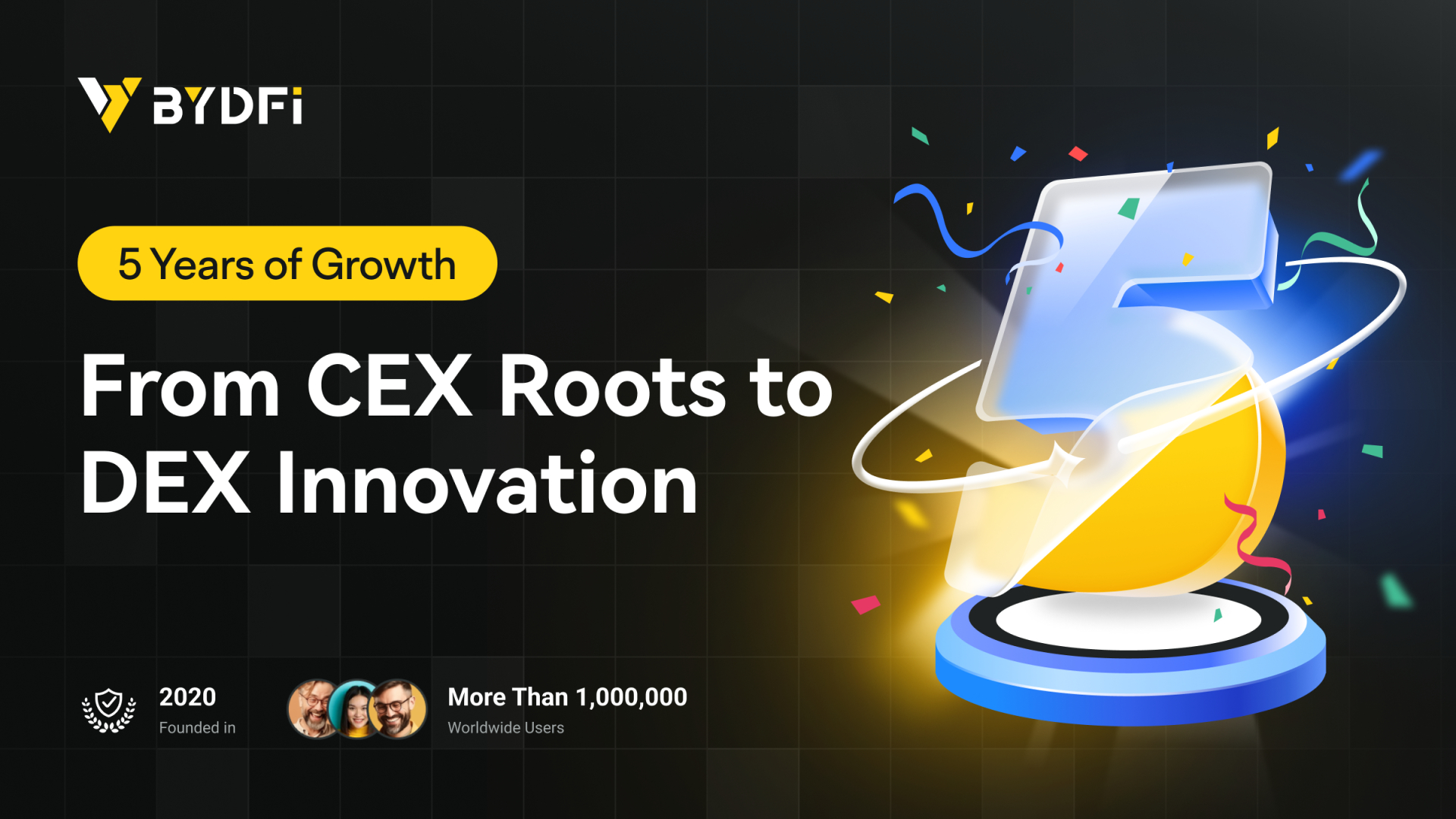
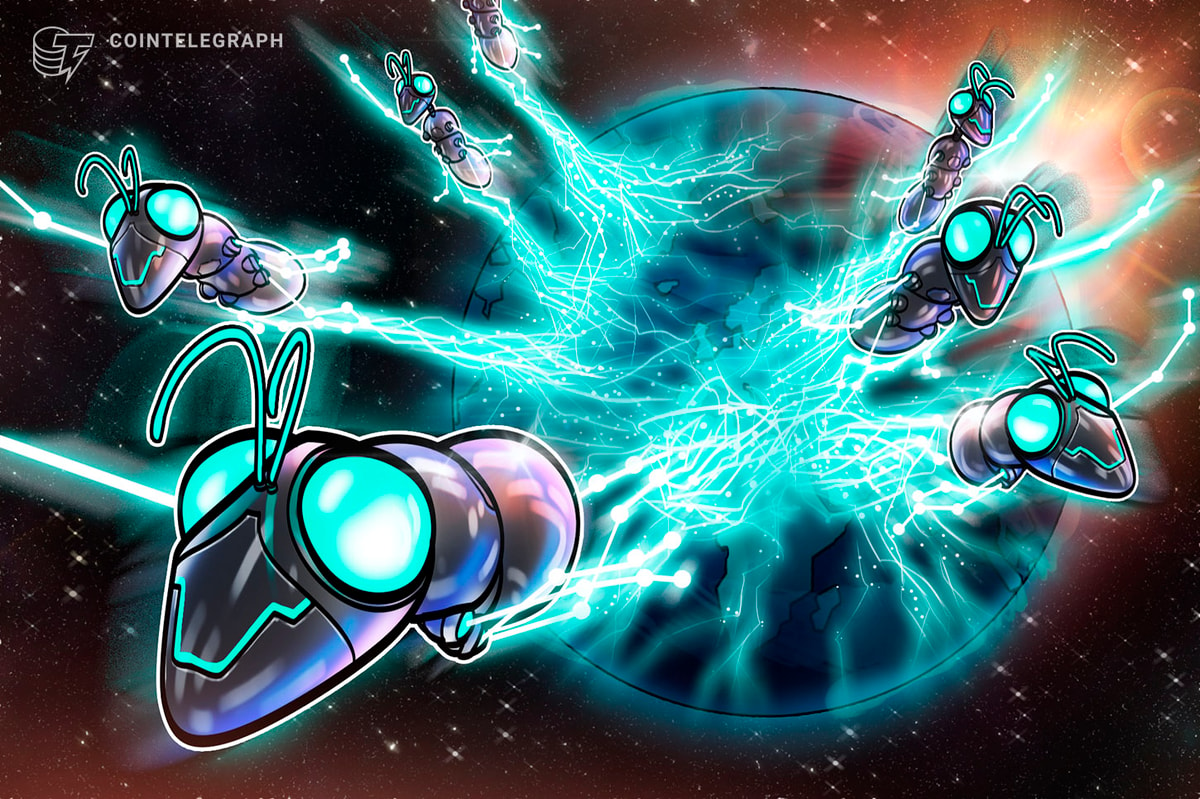
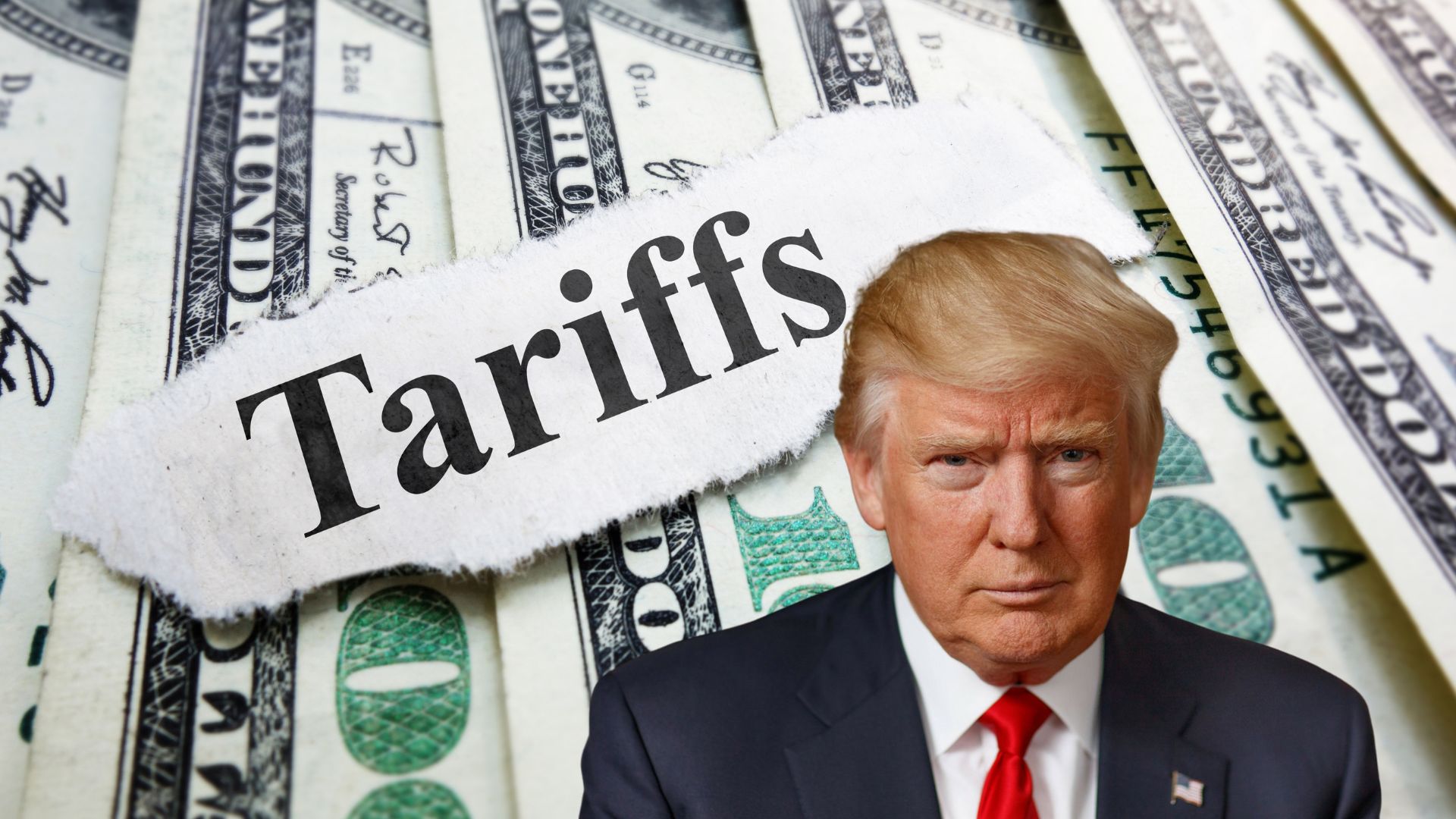
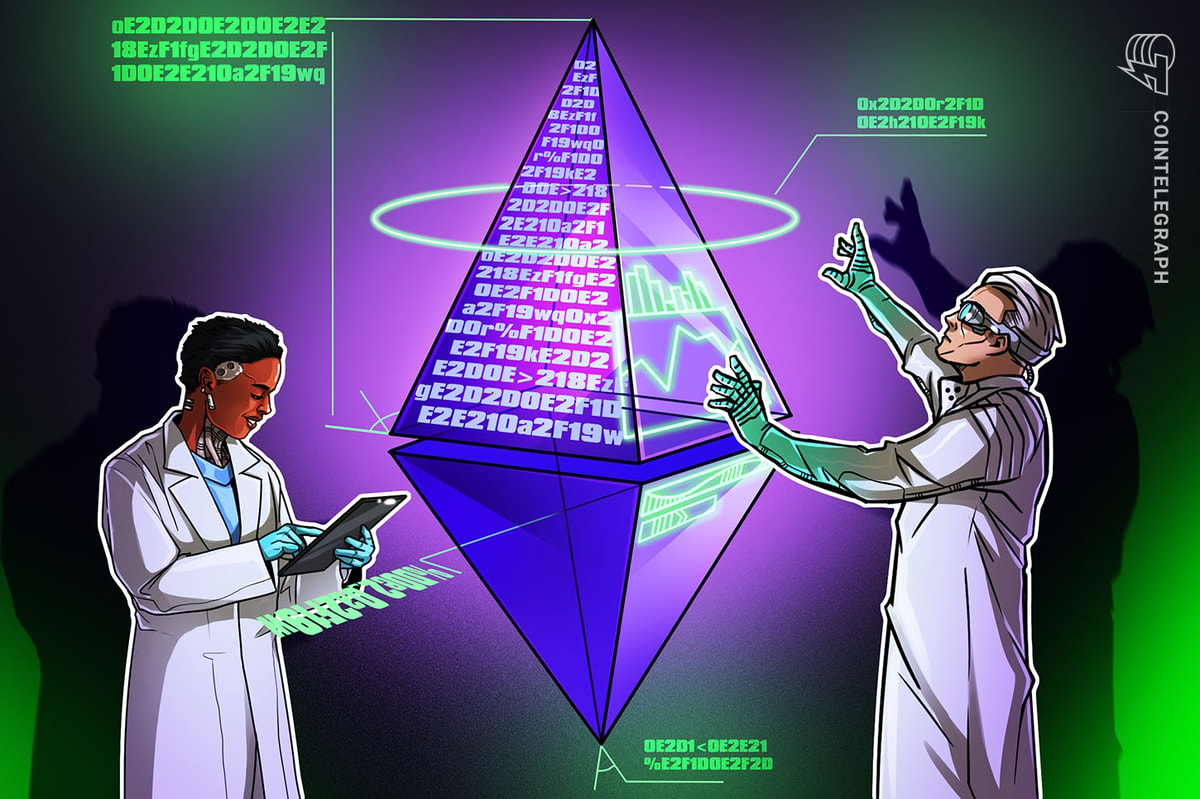
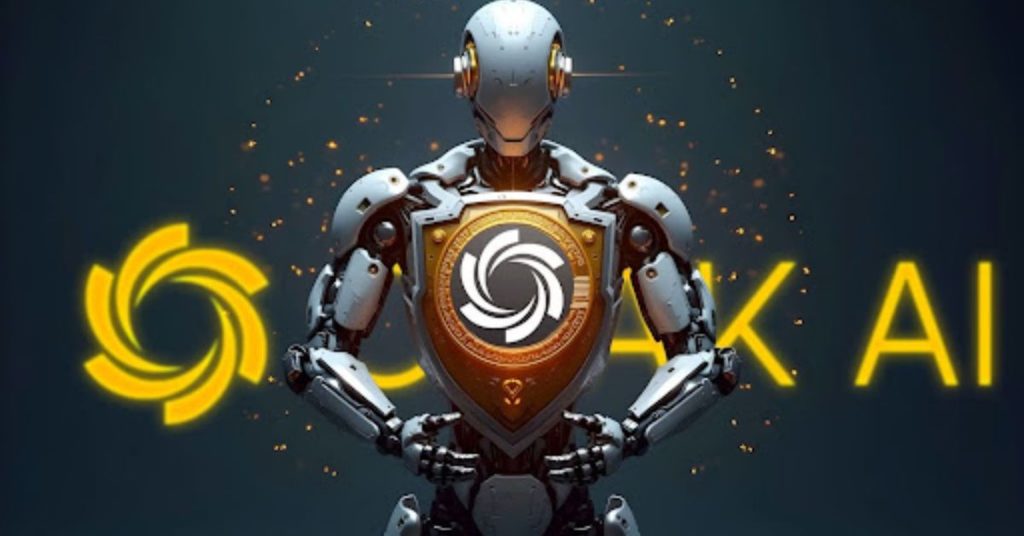
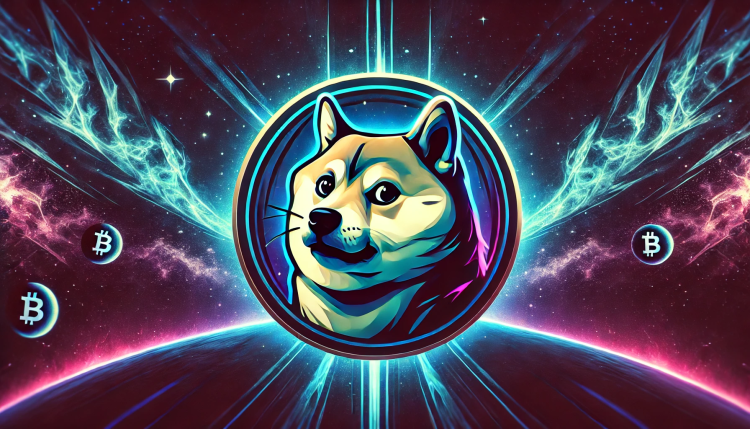
 English (US) ·
English (US) ·